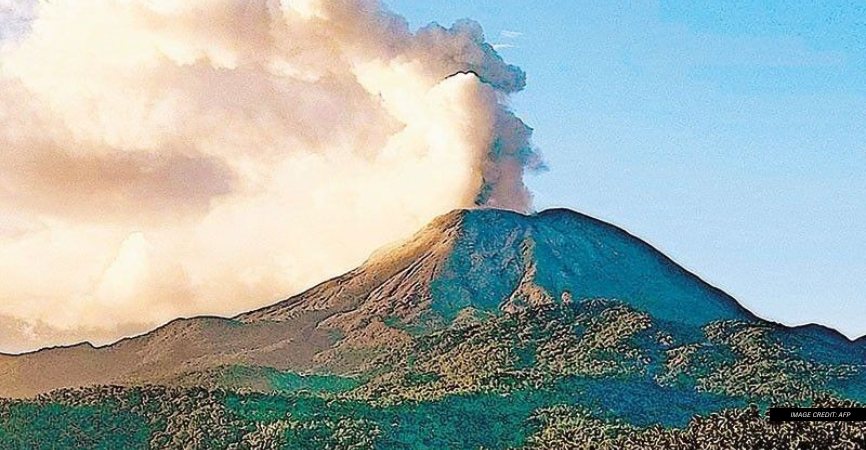The Bulusan Volcano has recently shown low levels of unrest, which has led the Philippine Institute of Volcanology and Seismology (PHIVOLCS) to declare an alert level 1 in surrounding areas.
The government agency observed a series of volcanic-related earthquakes since October 14, leading PHIVOLCS to declare the alert level. The alert level was declared yesterday, October 25. The first alert level means that the volcano shows states of low levels of unrest.
PHIVOLCS has stated that the series of volcanic earthquakes has totaled one hundred twenty-one since October 14.
In June last year, the Bulusan Volcano recorded eruptions, including volcanic activity. On June 12 last year, the volcano began to “profuse volume and sporadic ashing that began at 4:40 AM today. Noticeably increased ash in the plumes at 9:00 AM was later followed by reports of light ashfall on Catanusa, Juban, Sorsogon, and observations of ashfall on the upper northwest slopes…” – PHIVOLCS
At present, among the one hundred twenty-one volcanic earthquakes, thirty-seven were associated with fracturing rock processes at depths of one to nine kilometers under the northwestern and southeastern slopes of the edifice of the volcano.
Residents are being prepared to evacuate if the Bulusan Volcano erupts. The evacuation has been deemed necessary due to the ash fall that will inevitably engulf Juban and Irosin. An eruption driven by steam has become more likely, said provincial information representative Salvador Mendoza.
Mendoza further shared in a phone interview, “We will have a cluster meeting (on Thursday) to discuss the readiness of the evacuation centers, but the assets of the provincial government are always ready.”
Regarding the swelling of the Bulusan Volcano, based on ground deformation data, the southern flank has been paid attention to since February. While the northeastern flank was attentively observed in September. On the other hand, carbon dioxide concentration was observed from June to August of this year.
April Dominguiano, a resident volcanologist at the PHIVOLCS station in the area, shared news about the Bulusan Volcano, stating, “There is hydrothermal activity possibly driven by the deep-seated magma degassing that will lead to stream-driven eruptions from any vents.”
Also Read: Criminology Student Died to Alleged Hazing, 4 Suspects Under Arrest



Leave a Reply